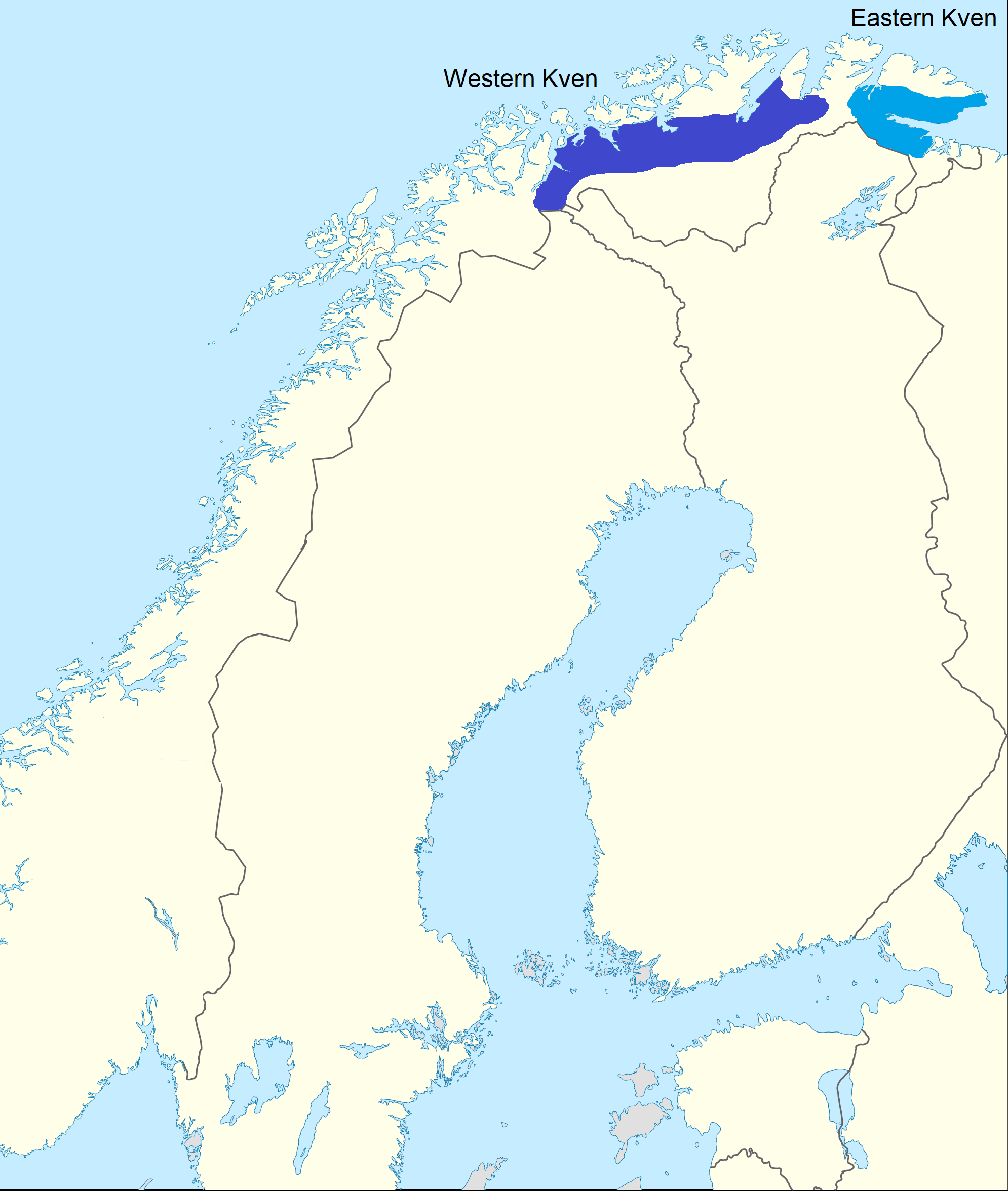|
Peräpohjalaiset
Peräpohjalaiset () or Lappilaiset () are a subgroup of Finns who traditionally speak Peräpohjola dialects of Finnish language, Finnish and live in the Lapland (Finland), Lapland region in Finland. Peräpohjola identity and culture is often described as having born from the mixing of Finnish Ostrobothnians, North Ostrobothnians and the Sámi people, Sámi. Many old Lapland families feel like they are not fully Finnish or fully Sámi, but something else living between the two cultures. There are also multiple different local identities within the term ''lappilainen''. Name The name ''Southern Lapland, Peräpohjola'' ("Rear Bothnia") is more historical for the area, but ''Lappi'' ("Lapland") has become increasingly more common due to tourist advertising and the formation of the Lapland (Lappi) region. In 1955, Lapland author Annikki Kariniemi considered it "unthinkable" if they were called ''lappilaiset'' instead of ''peräpohjalaiset'' or ''peräpohjolalaiset''. Similarly in 1948 ... [...More Info...] [...Related Items...] OR: [Wikipedia] [Google] [Baidu] |
Peräpohjola Dialects
The Peräpohjola dialects () are a group of Finnish dialects traditionally spoken in the regions of Lapland, Norrbotten and Finnmark. However, due to primarily historical, political and sociological reasons, some traditional Peräpohja dialects have been granted the status of independent Finnic languages in Sweden and Norway. These forms of speech are called Meänkieli in Sweden (Including the Torne Valley dialects, Lannankieli and the Gällivare dialects), while in Norway the traditional Ruija dialects were recognized as forming the Kven language, which both were isolated from the development of modern standard Finnish. However, the status of these two Finnic variants as their own languages is still sometimes disputed due to their close mutual integibility with Finnish. Features Like the Northern Ostrobothnian (Oulu) dialects, Peräpohjola dialects are Western dialects that show features from Eastern dialects. For instance the reflex to standard ''-ts-'' in ''metsä'' is ''m ... [...More Info...] [...Related Items...] OR: [Wikipedia] [Google] [Baidu] |
